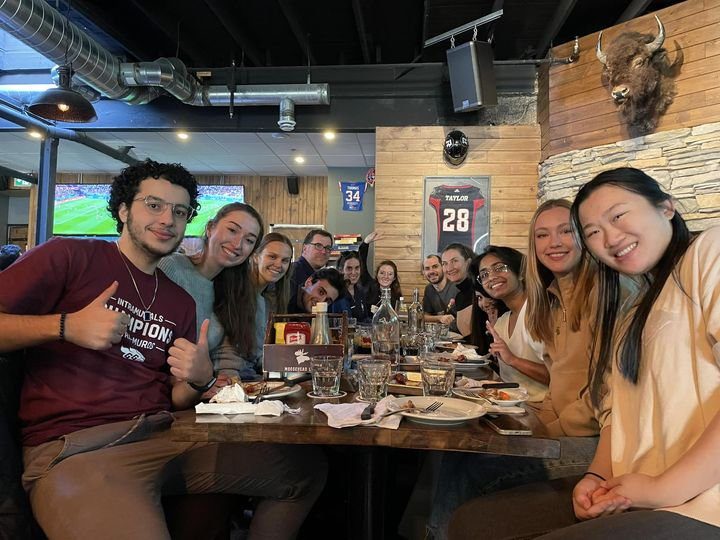Seed Grant 2023 Recipients
Meet our 2023 Seed Grant recipients! Each of these leading laboratories will receive no-cost access to the available inventory of Amnion Foundation cells and reagents to support high-impact projects in drug development, toxicology, and regenerative medicine.
Dr. Quinton Smith – University of California, Irvine

Dr. Quinton Smith, Assistant Professor at the University of California, Irvine, has been selected as the recipient of the Amnion Foundation Seed Grant (AFSG) award to develop an organoid model using placental cells and iPSCs, to elucidate the effects of oxygen on placental maturation and vascular remodeling. Dr. Smith aims to harness the power of organoid modeling to model the complex biological processes behind placental development and improve maternal-fetal health.
A major complication in pregnancy is preeclampsia, a life-threatening hypertensive disorder that affects 5-7% of all pregnant women, marked by attenuated vascular assembly between maternal and fetal tissue. The underlying mechanisms of this disease are not fully understood as the tools to observe human placental development are limited. While animal models have provided valuable information into this process, they fail to recapitulate specific aspects of the complex human specific developmental niche.
In this present study, we propose to use human induced pluripotent stem cells that have been reset to a naïve state, to approximate placental development using organoid technically. With this cellular platform in hand, we aim to engineer a testbed based on microfluidic tools, to fabricate a dynamic microenvironment that facilitates co-culture between stem cell derived placental cells and maternal vasculature. We anticipate that this integrative approach will allow us to mimic early fetal/maternal interactions and administer environmental cues implicated in preeclampsia toward disease modeling. With support from the Amnion Foundation, we will be able to benchmark our stem cell derived organoids to primary cells, bolstering our efforts in establishing new cellular tools for studying placental health and disease.
Dr. Smith plans to use the funds provided by the AFSG award to obtain primary human placental cells including cytotrophoblasts and microvascular endothelial cells to create his organoids to accelerate the progress of his ongoing work. Dr. Smith believes that the cells provided by the AFSG grant will make great contributions to improving maternal-fetal health by modeling the biological processes involved in pre-eclampsia, a condition which disproportionately affects black women in the United States. Dr. Smith’s proposal highlights the disparity in access to healthcare between ethnic populations in the United States and we at Amnion Foundation are pledging to increase the ethnic diversity of banked cell products to mirror that of the United States general population in the coming years.
The Smith Lab: www.qsmithlab.com

Dr. Christina Bailey-Hytholt – Worcester Polytechnic Institute
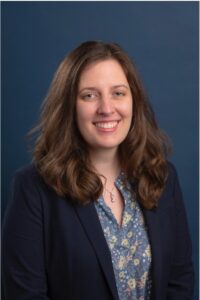
Dr. Christina Bailey-Hytholt, Assistant Professor at Worcester Polytechnic Institute has received a Seed Grant from the Amnion Foundation to support a project examining exosome packaging and trafficking between trophoblasts and other placental cells. The Amnion Foundation Seed Grant (ASFG) will allow her to examine these exosome dynamics using cytotrophoblasts, micro-vascular endothelial cells and placental fibroblasts from both healthy and diseased populations.
A healthy full-term pregnancy with no complications is the goal for expecting mothers. However, complications can arise during pregnancy requiring medical intervention, such as preeclampsia. Preeclampsia is typically diagnosed after 20 weeks of gestation in the clinic due to the onset of high blood pressure and is a complication arising from inadequate placental development. The placenta is an organ that develops during pregnancy providing nutrient and waste transport to the developing fetus. The main cell type that comprises the placenta, trophoblast cells, are responsible for not only nutrient and waste transport but also invading the endometrium to anchor the placenta. Like many cells, trophoblasts use different signals to communicate with each other. One of the modes of communication is through lipid vesicles, more specifically exosomes, which contain nucleic acids and proteins. These vesicles are secreted by cells, and act as messengers between neighboring cells.
The goal of the proposed research is to understand how exosomes secreted from preeclamptic vs healthy trophoblast cells impact placental cell behavior. Preeclampsia can result in many unwanted complications, including preterm birth and cardiovascular complications for the mother. For example, in the U.S., preeclampsia is the cause of 15% of preterm births, which increases infant risk for complications such as breathing problems, feeding difficulties, developmental delay, vision and hearing problems. Additionally, placental health during pregnancy has life-long implications for women. For example, future maternal vasculature health, especially cardiovascular health, is linked with maintaining a healthy placenta throughout term.
Preeclampsia is shown to double a women’s risk for heart disease and stroke while quadrupling risk for high blood pressure later in life. Thus, we need more research to understand how preeclampsia progresses. Our hypothesis is that the vesicles cells use to communicate with each other are different depending on if the placenta is healthy or complicated by preeclampsia. The content in these vesicles that the cells are communicating to each other can then influence their neighboring cell behaviors.
The proposed research will gain important information around this mechanism of action. Finally, this investigation will lead to future studies that can use this information to develop therapeutics to improve outcomes during placental complications. In future studies, our lab is interested in developing in vitro models of trophoblast cells co-cultured with endometrial cells, as well as designing drug delivery vehicles for treatments during pregnancy. Our ultimate goal is to use our bioengineering skillset to advance prenatal and women’s health worldwide; the proposed work that this seed grant would help with is a crucial step in this direction.
The Bailey-Hytholt Lab: Bailey-Hytholt Lab

Michael Campbell – Rutgers University
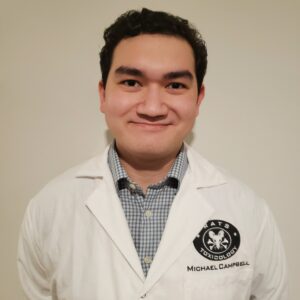
Michael Campbell, a Master’s candidate in Dr. Lauren Aleksunes Laboratory at Rutgers University has received a Seed Grant from the Amnion Foundation to support a project investigating the effects of microcystin toxins on primary cytotrophoblasts. The Amnion Foundation Seed Grant (ASFG) will grant Michael priamry cytotrophoblasts to investigate these important toxocological studies.
Microcystins are a class of cyanobacterial toxins released from harmful algal blooms. One of the most common microcystin congeners is microcystin-LR (MC-LR). MC-LR requires active uptake into cells in order to cause toxicity. Within the liver, MC-LR is primarily transported into hepatocytes by organic anion-transporting polypeptides OATP1B1 and OATP1B3 leading to hepatotoxicity. With an increase in the incidence of harmful algal blooms in both marine and freshwater ecosystems due to the global temperature rise and eutrophication, there is growing interest in evaluating the ability of microcystins to also act as reproductive toxins. The first step in evaluating the placental toxicity of microcystins is determining whether these toxins can enter trophoblasts.
Aleksunes Research Group: www.eohsi.rutgers.edu/aleksunes2022
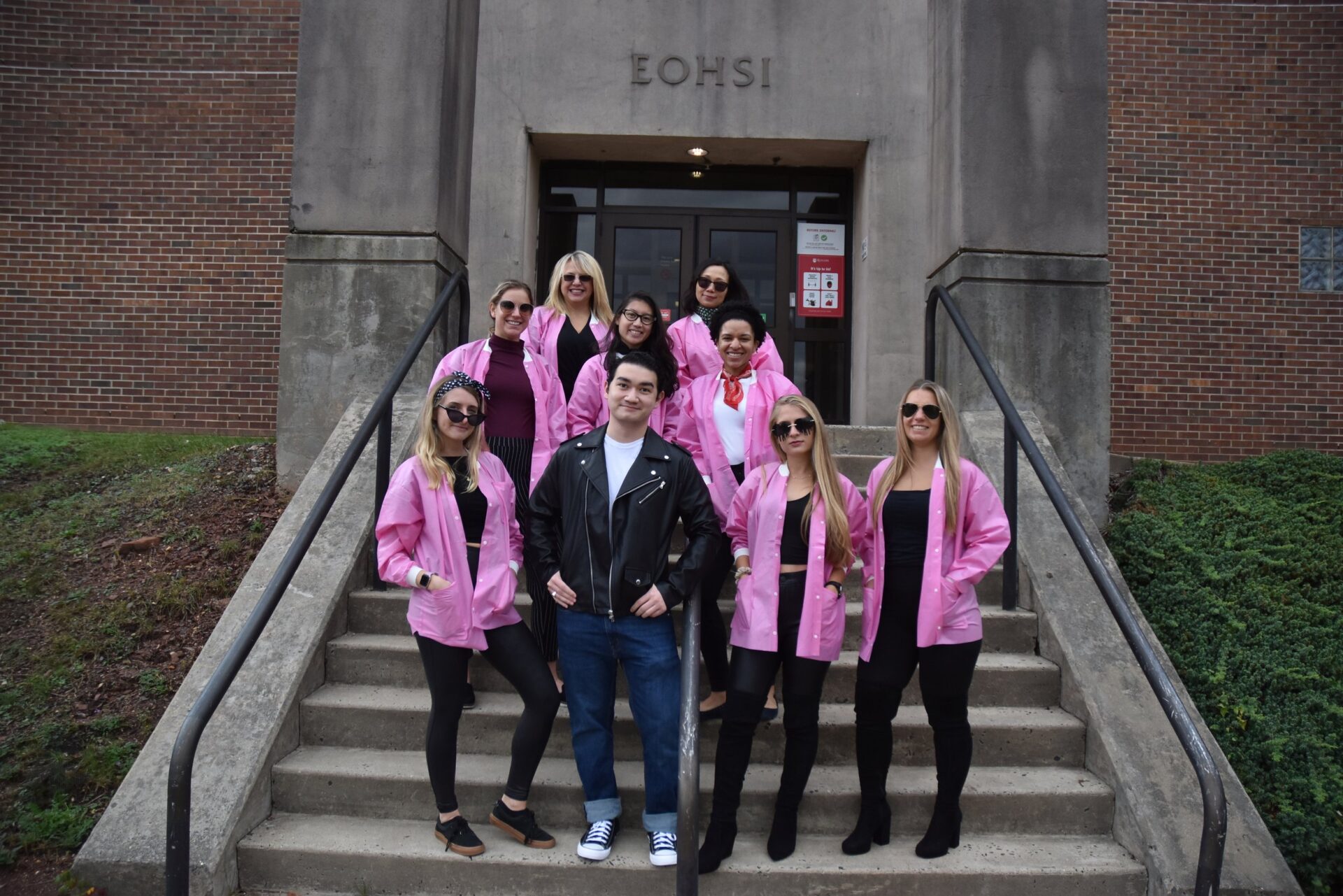
Abbey Corson – University Of Ottawa
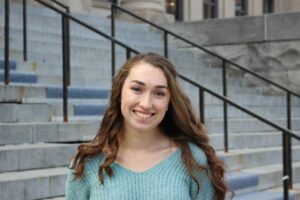
Abbey Corson, a Master’s candidate in Dr. Kristi Adamo’s lab at the University of Ottawa has been awarded a Seed Grant to help support a project examining the effects of Hofbauer Cells (HBCs) and parental physical activity (PA) on cytotrophoblast (CTB) differentiation.
PA during pregnancy is linked to numerous positive pregnancy outcomes for the placenta, pregnant individual, and fetus; however, the mechanisms behind these known benefits have yet to be delineated. The placenta is made up of several cell types that must communicate through various signals for the maintenance of pregnancy and the proper growth and development of the placenta and fetus. Of abundance in the placenta, tissue-resident macrophages termed HBCs, and CTBs individually have integral roles during pregnancy.
Specifically, HBCs are responsible for maintaining a homeostatic intrauterine environment, forming new blood vessels, promoting immune tolerance of the fetus, and secreting cytokines. The major role of CTBs is to differentiate into syncytiotrophoblast (STB), the outermost cell layer of the chorionic villus (functional unit of the placenta) that is in direct contact with maternal blood. This surface contact allows the STB to moderate nutrient and gas transport from parent to fetus, secrete hormones, and act as a barrier to pathogens.
While their roles and regulations are somewhat understood, how these two cell types communicate has not been researched in detail. Previous research has shown that HBCs impact CTB differentiation through the secretion of molecules involved in creating new vasculature. However, how PA and HBCs affect CTB differentiation is not yet known.
Through an intermittent hypoxia model (PA surrogate), this project will look at the impact of gestational parent PA on CTB differentiation and the potential additive effect of HBCs. To our knowledge, our study will be the first to explore the impact of PA on CTB differentiation in vitro using the novel colour fusion assay to measure STB formation
Adamo Lab: www.adamolab.com
